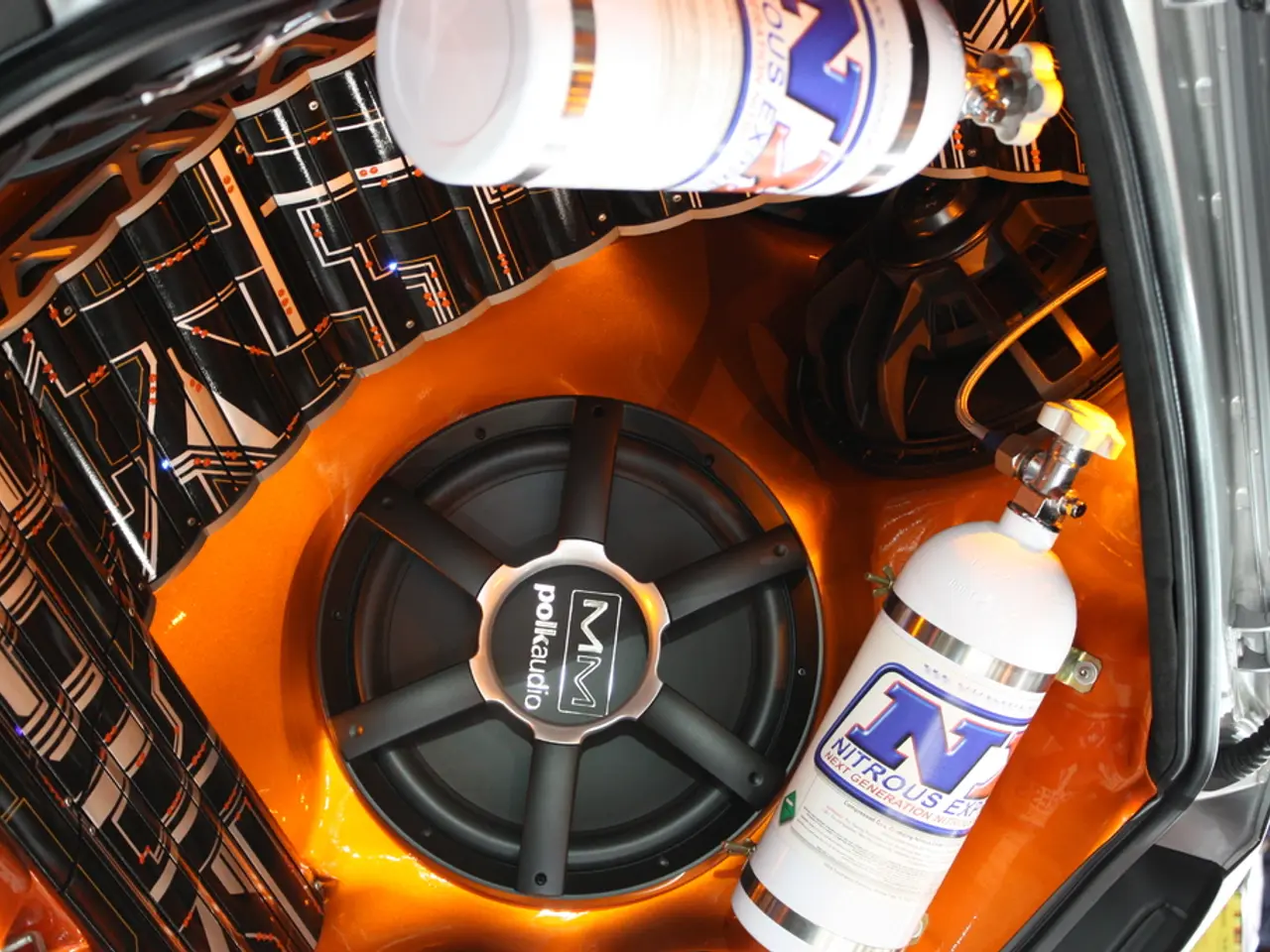Reviving the Retro Tone: MicroVox Brings 80's Vibe to Your Computer's Speech
In the 1980s, the world of speech synthesis technology underwent a significant transformation, with several innovative speech chips being developed. This article takes a look at some of the most notable speech chips from that era and the devices they were used in.
One of the pioneering chips was the TMC0280 and TMS5100, both used in Texas Instruments' Speak & Spell line of electronic learning aids. The TMC0280 was the first chip to synthesize speech electronically in these devices, while the TMS5100 was a later version used in some models of the Speak & Spell and other variants like the Speak & Read and Speak & Math.
Another noteworthy speech chip was the General Instrument SP0256, which was used in various applications, including speech synthesizers and educational devices. However, specific device names are not detailed in the provided search results.
Texas Instruments also developed the TMS5220 chip, which was used in speech synthesizers and other educational devices, though the exact devices remain undetailed.
Fast forward to the present day, and the fascination with these vintage speech synthesis technologies continues. Monta, a tech enthusiast, recently connected a MicroVox text-to-speech synthesizer, based around the SC-01 or SC-01A chip, to an Arduino Uno. The MicroVox, produced in the 1980s, has an 8-bit artificial voice that many remember fondly and is fairly understandable.
The SC-01 and SC-01A chips, developed by Votrax International, Inc., are known for producing good transitions between phonemes to generate decent speech. Votrax International, Inc. also produced a speech box called the Type 'N Talk, often used to give a voice to devices like the VIC-20.
Jan, another tech enthusiast, opted to use an Android phone instead of the Type 'N Talk to give voice to old text adventure games on his VIC-20. The MicroVox was used in various products such as the Heath Hero robot, the VS-100 synthesizer add-on for TRS-80s, arcade games like Qbert and Krull, and other products.
Marquis de Geek even used the SP0256 speech chip to create a homemade Stephen Hawking.
The MicroVox, with its 25-pin RS-232 serial port, a parallel port, and a speaker jack, offers a fascinating glimpse into the past of speech synthesis technology. Monta, who connected speakers to the MicroVox, found the datasheet for the serial port's input buffer chip online and made a makeshift cable for RX, TX, and ground for the MicroVox. The MicroVox manual contains a list of supported phonemes and words, schematics, parts list, and details for the serial port.
These vintage speech synthesis technologies, though now replaced by more advanced systems, continue to captivate tech enthusiasts and remind us of the significant strides made in the field of speech synthesis during the 1980s.
- With the Arduino Uno, tech enthusiast Monta recently connected a MicroVox, a text-to-speech synthesizer based on the SC-01 or SC-01A chip, to the world of modern gadgets.
- Marquis de Geek utilized the General Instrument SP0256 speech chip, a notable chip from the 1980s, to create a homemade replica of Stephen Hawking's voice synthesis system, demonstrating the impact of data-and-cloud-computing-era technology on the legacy of 80s technology.




